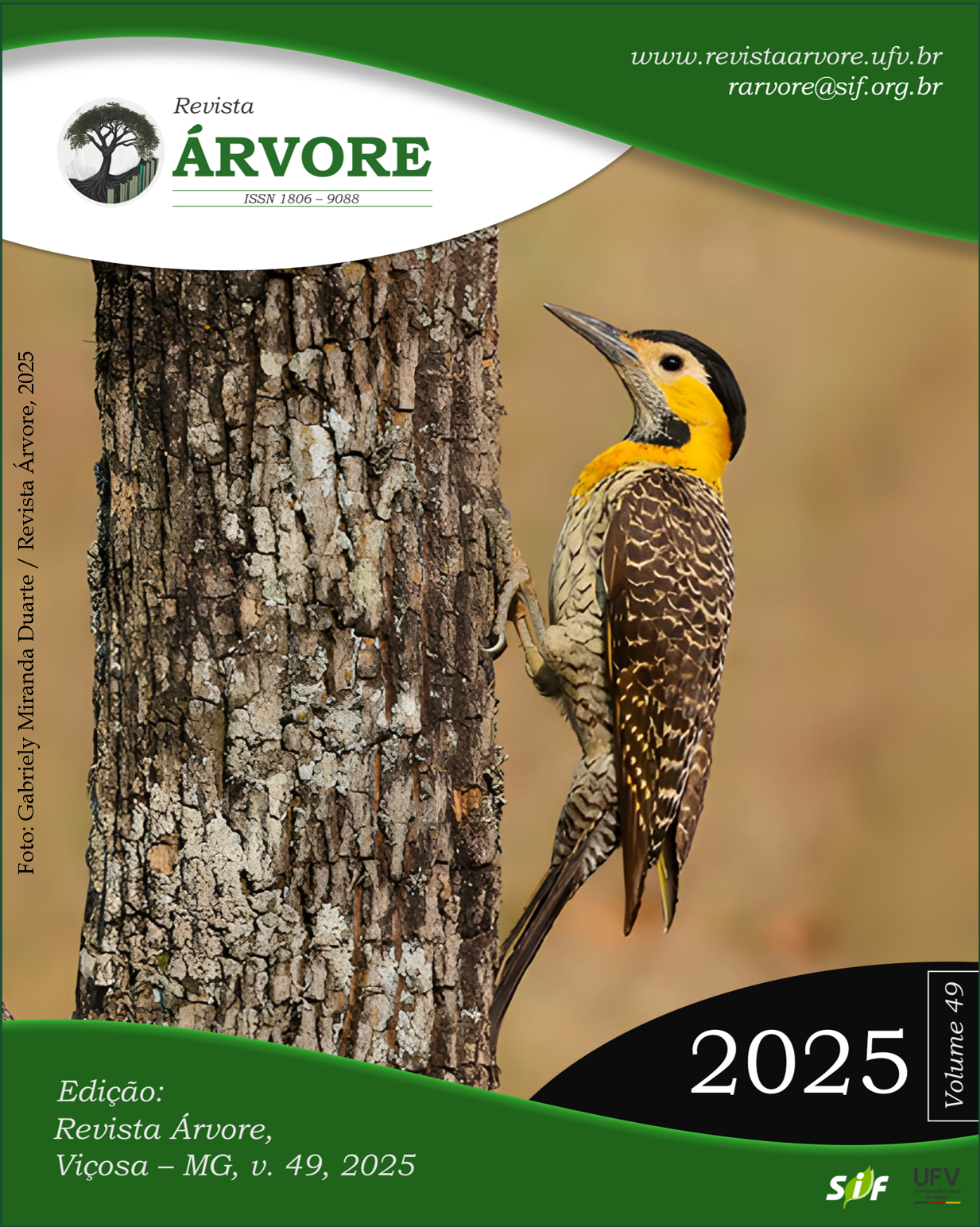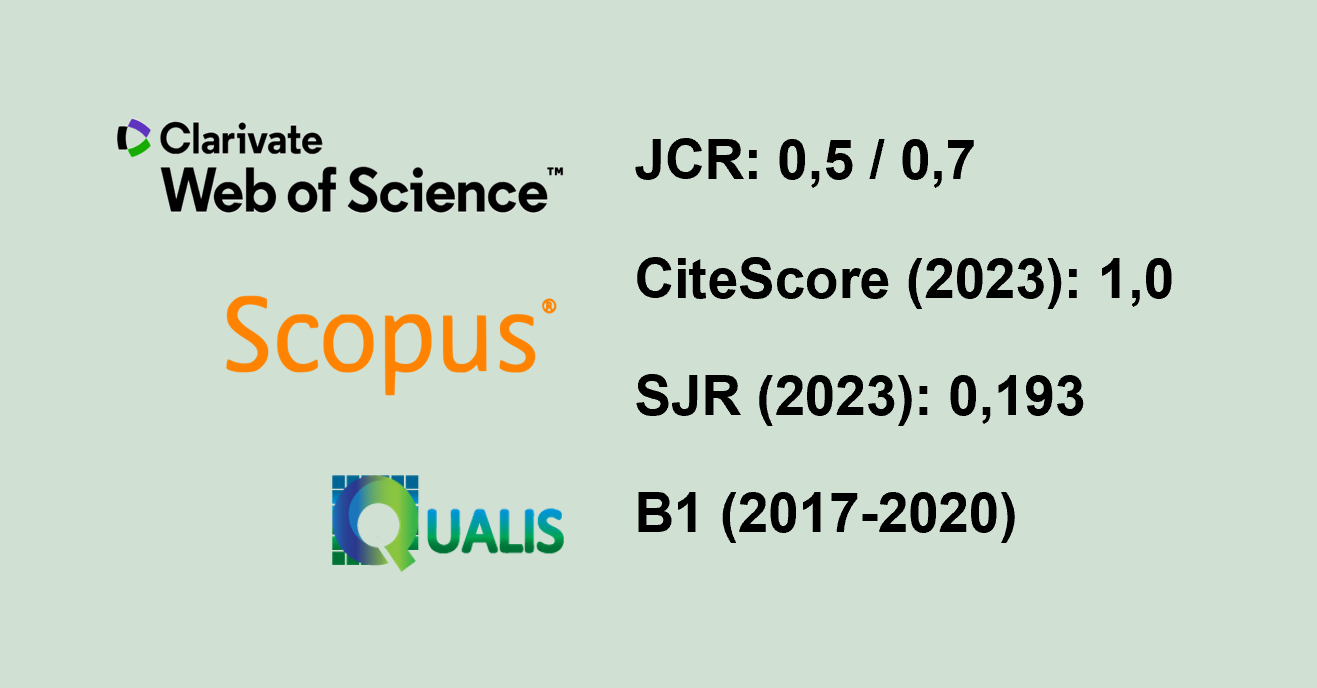Anatomical and physical analysis of the bark of three Amazonian tree species as a tool for species identification
DOI:
https://doi.org/10.53661/1806-9088202549263890Keywords:
Illegal logging, Identification of phloem, Timber speciesAbstract
Accurate species identification is crucial for conservation efforts and combating illegal logging. This study analyzes the anatomical characteristics and physical properties of the bark of three tropical species: Bertholletia excelsa, Cedrela odorata, and Eschweilera coriacea, to assess their potential for rapid species identification. The hypothesis proposed was that anatomical and physical differences in the bark would allow for effective identification. The study was conducted in the southeastern region of Peru, in the department of Madre de Dios, where nine trees from the three species were randomly selected. Bark samples were collected at breast height (DBH) from the trees. The samples were analyzed macroscopically, microscopically, and for physical properties such as moisture content, basic density, and volumetric shrinkage. The results showed that B. excelsa had the thickest (14.11 cm) and most fibrous bark, while C. odorata had thinner bark (9.33 cm), with a more regular organization. E. coriacea had the thinnest (8.83 cm) and most flexible bark. Regarding physical properties, B. excelsa exhibited the highest moisture content (68.71%), while C. odorata showed the highest basic density (740 kg/m³). This study demonstrates that anatomical and physical characteristics of bark are effective tools for the identification of tree species, contributing to conservation and the prevention of illegal logging.
Keywords: Illegal logging; Identification of phloem; Timber species
Downloads
Published
How to Cite
Issue
Section
License
Copyright (c) 2025 Revista Árvore

This work is licensed under a Creative Commons Attribution 4.0 International License.
All authors agreed to submit the work to Revista Árvore and granted the exclusive license to publish the article. The authors affirm that it is an original work and has not been previously published elsewhere. The scientific content and opinions expressed in the article are the sole responsibility of the authors and reflect their opinions, not necessarily representing the opinions of the editorial board of Revista Árvore or of the Society of Forest Investigations (SIF).








